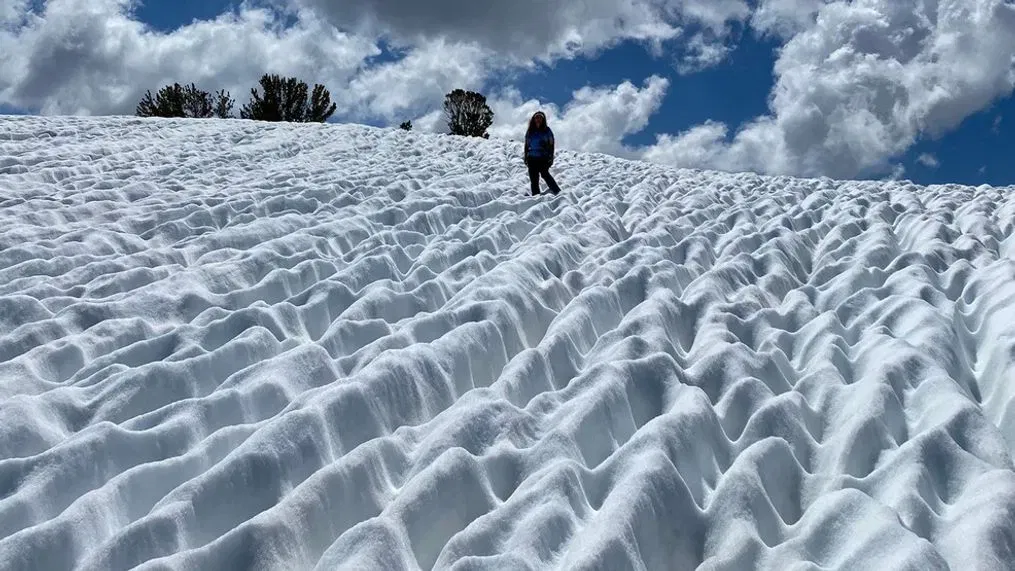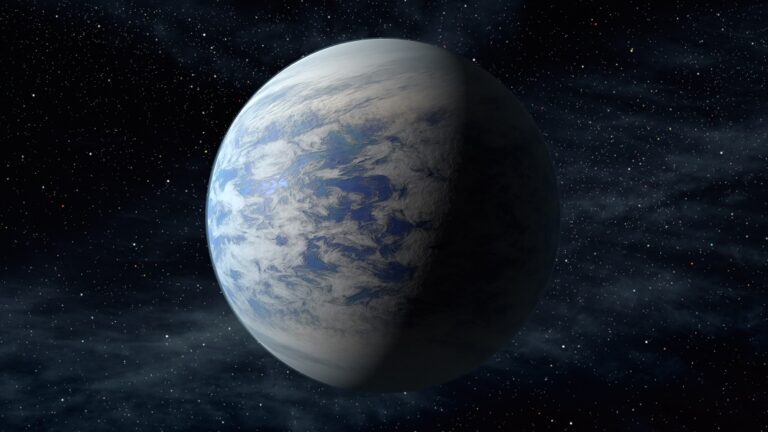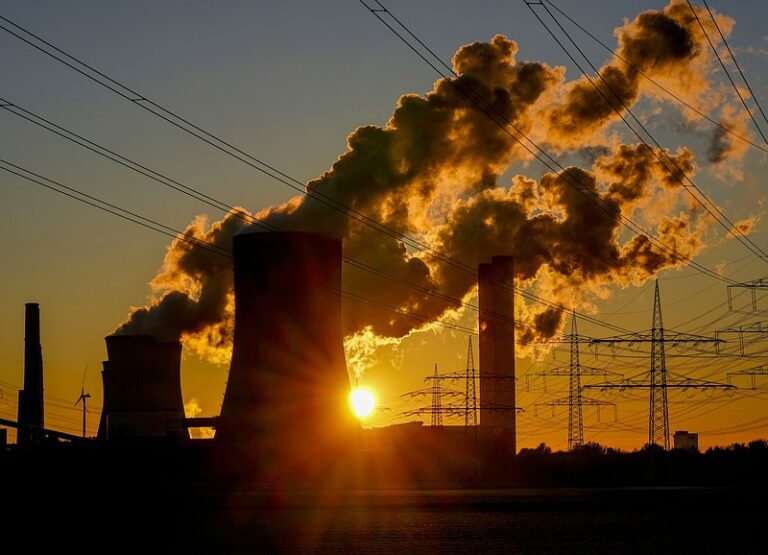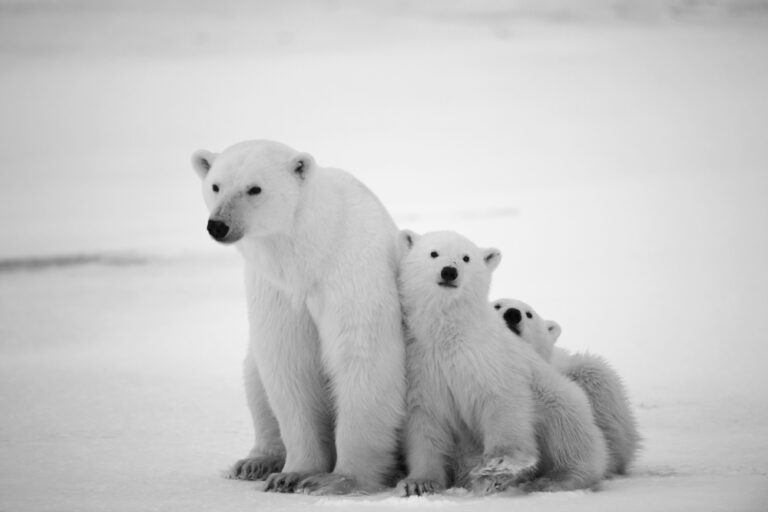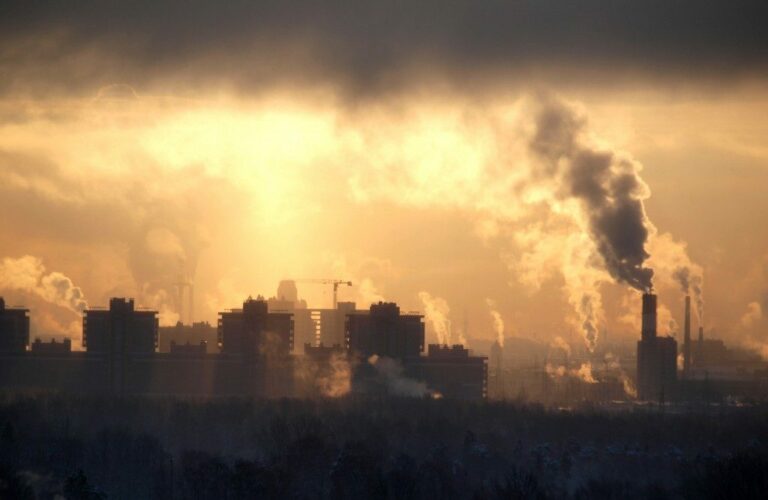Understanding The Art of Snow Formation
Snow Formation, with its delicate and intricate beauty, is a meteorological wonder that transforms landscapes into a glistening winter wonderland. Each snowflake is a unique masterpiece, and understanding the science behind snow formation allows us to appreciate the complexity and elegance of this natural phenomenon.
The Basics of Snow Formation:
Snow formation begins in the atmosphere when water vapor condenses and freezes into ice crystals. These ice crystals then aggregate to form snowflakes. The process of snowflake formation involves several key factors:
- Freezing Nucleation: Tiny particles in the atmosphere, known as ice nuclei, provide surfaces for water vapor to freeze upon. These particles can be dust, pollen, or even other ice crystals. Once water vapor encounters these nuclei at temperatures below freezing, it transforms into ice.
- Ice Crystal Growth: Once an ice nucleus forms, water vapor in the air freezes onto its surface, causing the ice crystal to grow. The growth occurs in a hexagonal pattern due to the molecular structure of ice.
- Aggregation: As ice crystals fall through the atmosphere, they may collide and stick together, forming snowflakes. The conditions during this process, such as temperature and humidity, determine the shape and structure of the snowflake.
The Intricate Shapes of Snowflakes:
Snowflakes, those iconic six-sided wonders, exhibit an astonishing array of intricate shapes. The shapes depend on the temperature and humidity at which they form. Some common snowflake types include:
- Dendrites: These are the classic six-branched snowflakes we often envision. Dendrites form in relatively higher humidity and slightly warmer temperatures.
- Needles or Columns: Formed in lower humidity and slightly colder conditions, these snowflakes have a rod-like or needle-like structure.
- Plates: These are flat, six-sided snowflakes that typically form in moderate humidity and near freezing temperatures.
- Stellars: Stellars have delicate, fern-like arms and form in very cold, high-humidity conditions.
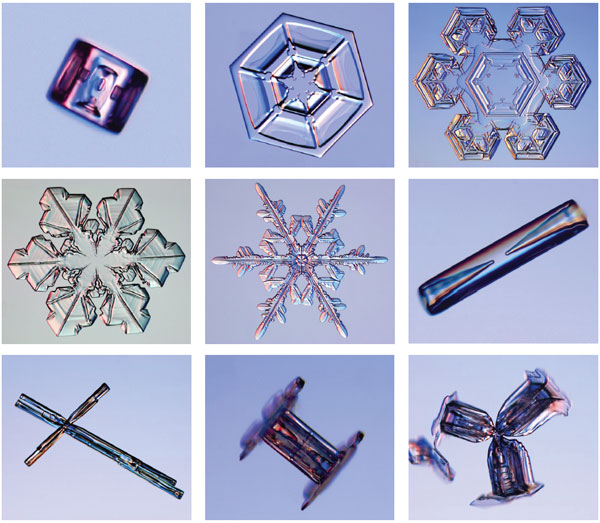
The Role of Temperature and Humidity:
The temperature and humidity in the atmosphere play a crucial role in determining the snowflake’s structure. Warmer temperatures and higher humidity tend to produce larger, more intricate snowflakes, while colder temperatures result in smaller, simpler structures.
The Journey to Earth:
Once snowflakes are formed, they descend to the Earth’s surface due to gravity. Their journey can be affected by various atmospheric conditions, leading to alterations in shape, size, and structure before they reach the ground.
In conclusion, the science behind snow formation is a fascinating blend of meteorology and physics. From the freezing nucleation to the growth of ice crystals and the creation of intricate snowflakes, this natural process showcases the complexity and beauty of nature. The next time you marvel at the delicate snow covering the landscape, you’ll have a deeper understanding of the incredible journey each snowflake has taken to create this magical winter scene.
what is heavy snowfall
Heavy snowfall refers to a significant amount of snow that falls within a relatively short period, resulting in a substantial accumulation of snow on the ground. The term “heavy” is subjective and can vary based on the region’s climate and preparedness for snow, but generally, it implies a substantial volume of snowfall that can have a notable impact on daily life, transportation, and infrastructure.
In regions accustomed to regular snowfall, heavy snow can be defined by specific measurements, such as the number of inches or centimeters of snowfall in a specified time frame, typically within 12 to 24 hours. For instance, a snowfall exceeding 6 inches (15 cm) within a day might be considered heavy in some areas, while in others accustomed to heavier snow, it could be more substantial.
Heavy snowfall can have various effects, including:
- Disruption of Transportation: Heavy snowfall can make roads and highways hazardous, reducing visibility and creating slippery conditions. This can lead to accidents, traffic congestion, and disruptions in public transportation.
- Impact on Infrastructure: The weight of accumulated heavy snow can strain buildings, roofs, power lines, and trees, potentially causing damage or collapse. Snow accumulation can also obstruct drainage systems and cause flooding when it melts.
- School Closures and Work Disruptions: In regions where heavy snowfall is uncommon, schools and businesses may close to ensure the safety of students and employees. This can affect daily routines and productivity.
- Agricultural and Environmental Impact: Heavy snowfall can impact agriculture, damaging crops and livestock. It can also affect the natural habitat of wildlife and disrupt ecosystems.
- Challenges for Snow Removal: Clearing heavy snow can be a significant challenge for snow removal teams, requiring specialized equipment and resources to keep roads, walkways, and public spaces safe and accessible.
Meteorological agencies and local authorities often issue weather warnings and advisories to inform the public about anticipated heavy snowfall, providing guidance on safety measures and precautions to take during such weather events. Preparedness, timely information, and appropriate responses are crucial for mitigating the effects of heavy snowfall and ensuring the safety and well-being of communities.

